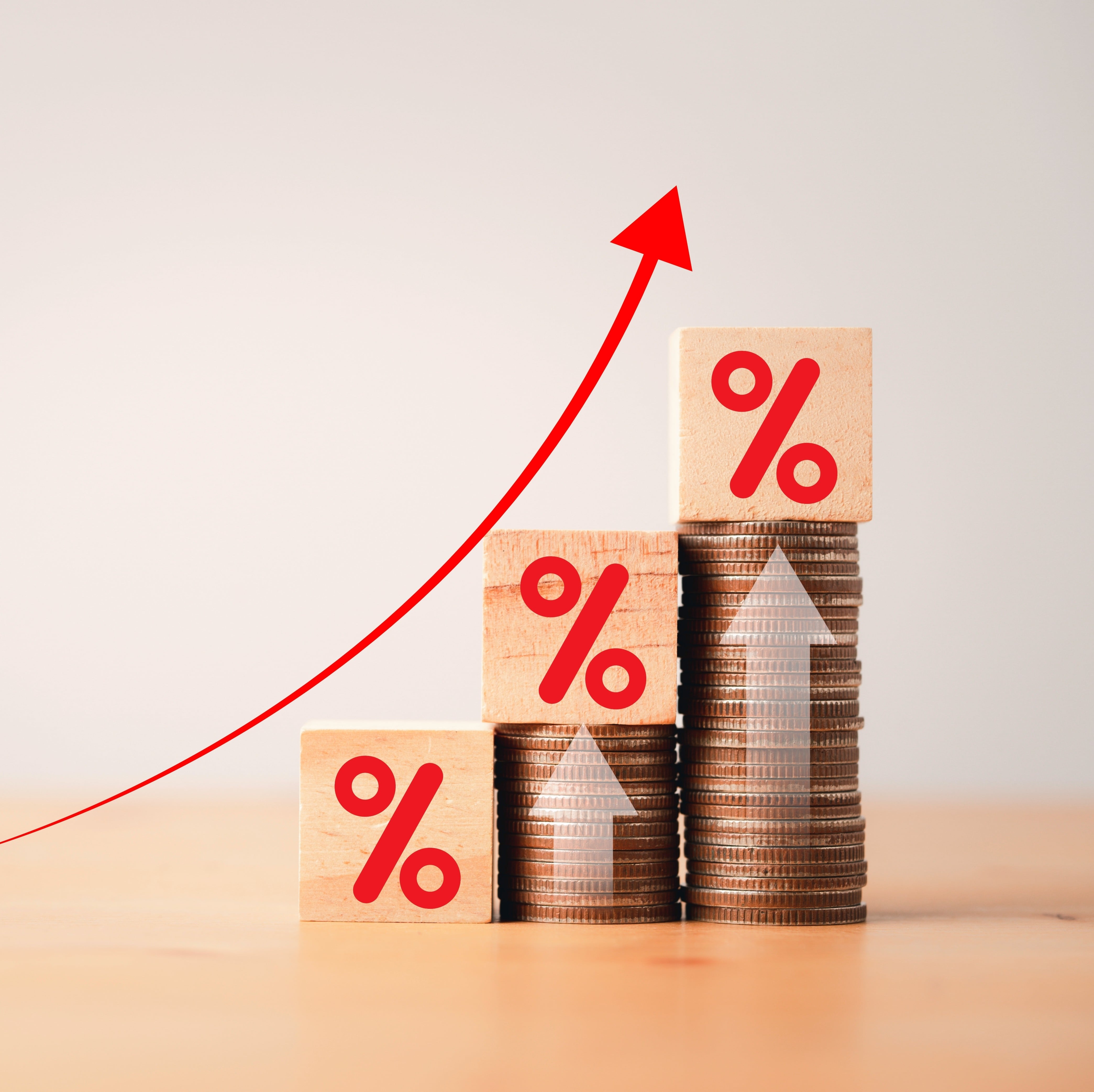January 2026 Price Cap
Contrary to recent predictions, Ofgem has announced that the price cap will increase by 0.2% from the 1st January 2026. The price cap is a national average that dictates the highest price that an energy supplier can charge to its customers. This price varies slightly by region and payment method.
This price cap increase will see the average annual bill rise to £1758/year from the current £1755/year. Actual energy bills will vary depending on usage, but this gives an idea of how much someone could expect to spend on the new rates. Although it isn’t a huge increase, this is on top of the 2% increase we saw at the start of October and, in the winter months, this can have a huge impact on energy bills.
Unfortunately, this rate is also higher than it was in January 2025, when the average annual bill was £1738, so your bills could be more than they were this time last year.
Below lays out the price cap changes for The Midlands depending on payment type.
Direct debit
People on direct debit will see their electric standing charge capped at 54.08p and their gas standing charge capped at 35.11p. This means that a household that has both gas and electric, will pay 89.19p per day from 1st January, which is an increase of 1.67p per day from the current price cap.
As well as this, the unit rate for electric will increase by 1.35p (to 26.99p). But there is some good news for the majority of people who are on mains gas for their heating, the gas unit rate will decrease by 0.35p (bringing the rate to 5.85p), which will help counterbalance the high usage over the cold months.
Pre-payment meter
People on pre-payment meter will also have their electric standing charge capped at 54.08p and their gas standing charge capped at 35.11p. This means that a household that has both gas and electric, will pay 89.19p per day from 1st January, which is an increase of 1.67p per day from the current price cap.
People on pre-payment meter, which still currently has the lowest unit rates, will see the cap for their electric unit rate increase to 26.15p (a 1.29p increase) but, similarly to the direct debit price cap, the gas unit rate will drop to 5.63p (currently 5.97p).
On receipt of bill
On receipt of bill, also known as standard credit, remains the most expensive method of payment. The standing charge has risen to 62.22p for electricity and 42.91p per day for gas. This, unfortunately, means that dual-fuel households will remain over the pound-a-day line and be paying 105.13p which is 2.3p per day above current rate. Over the next 3-month period (before the price cap changes again on 1st April), this will see on receipt of bill households paying a total of over £14 more on their standing charge than direct debit or pre-payment customers.
The unit rate is also highest for customers paying on receipt of bill. The capped unit rate for electricity will increase to 28.48p (currently 27.06p), whilst the gas unit rate follows the same trend as the other payment methods and will decrease slightly to 6.16p (from 6.54p). Although these changes are in line with other payment methods, the electric unit rate is still 1.49p more than for direct debit customers and over 2p more than customers on a pre-payment meter.







